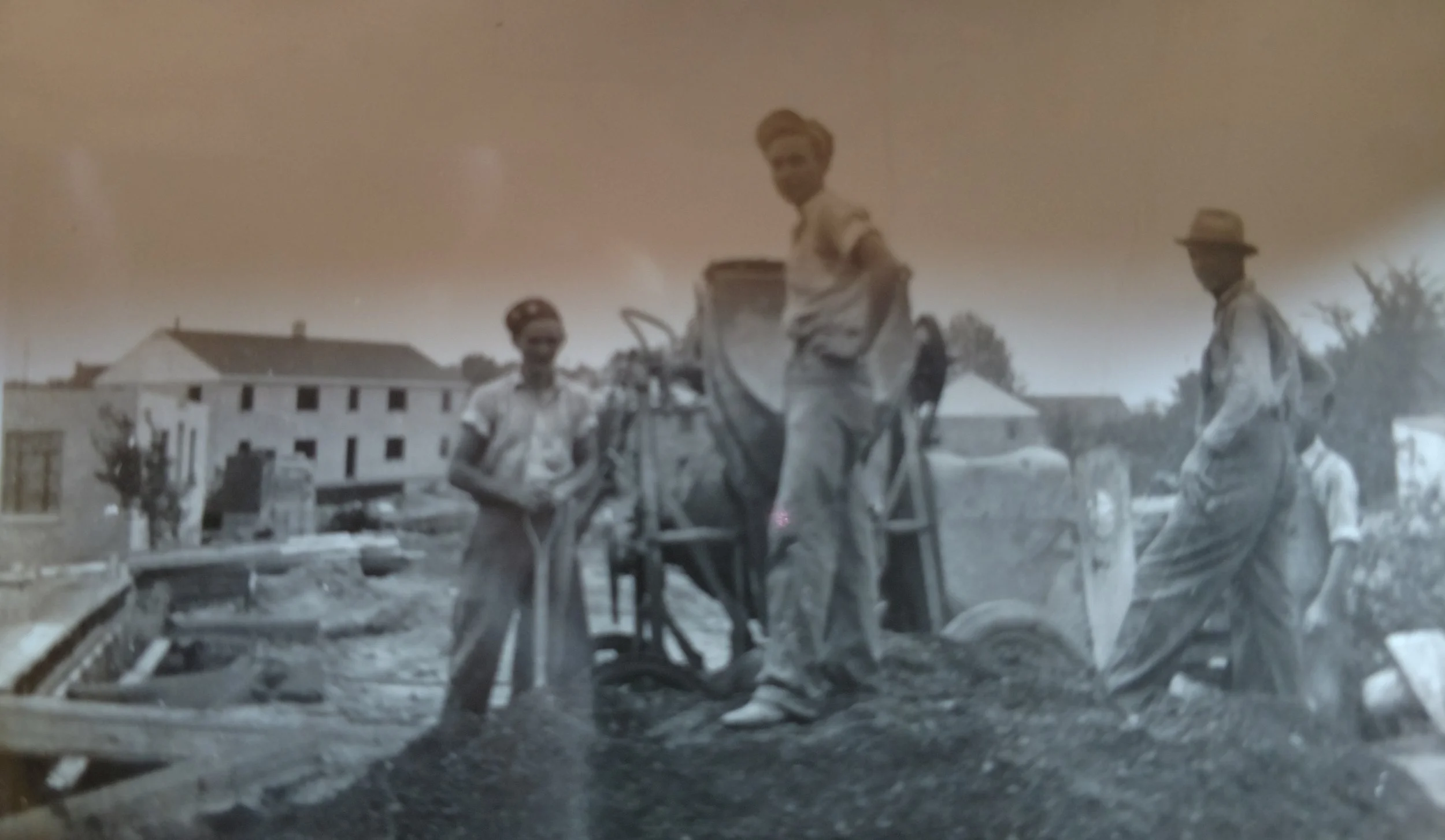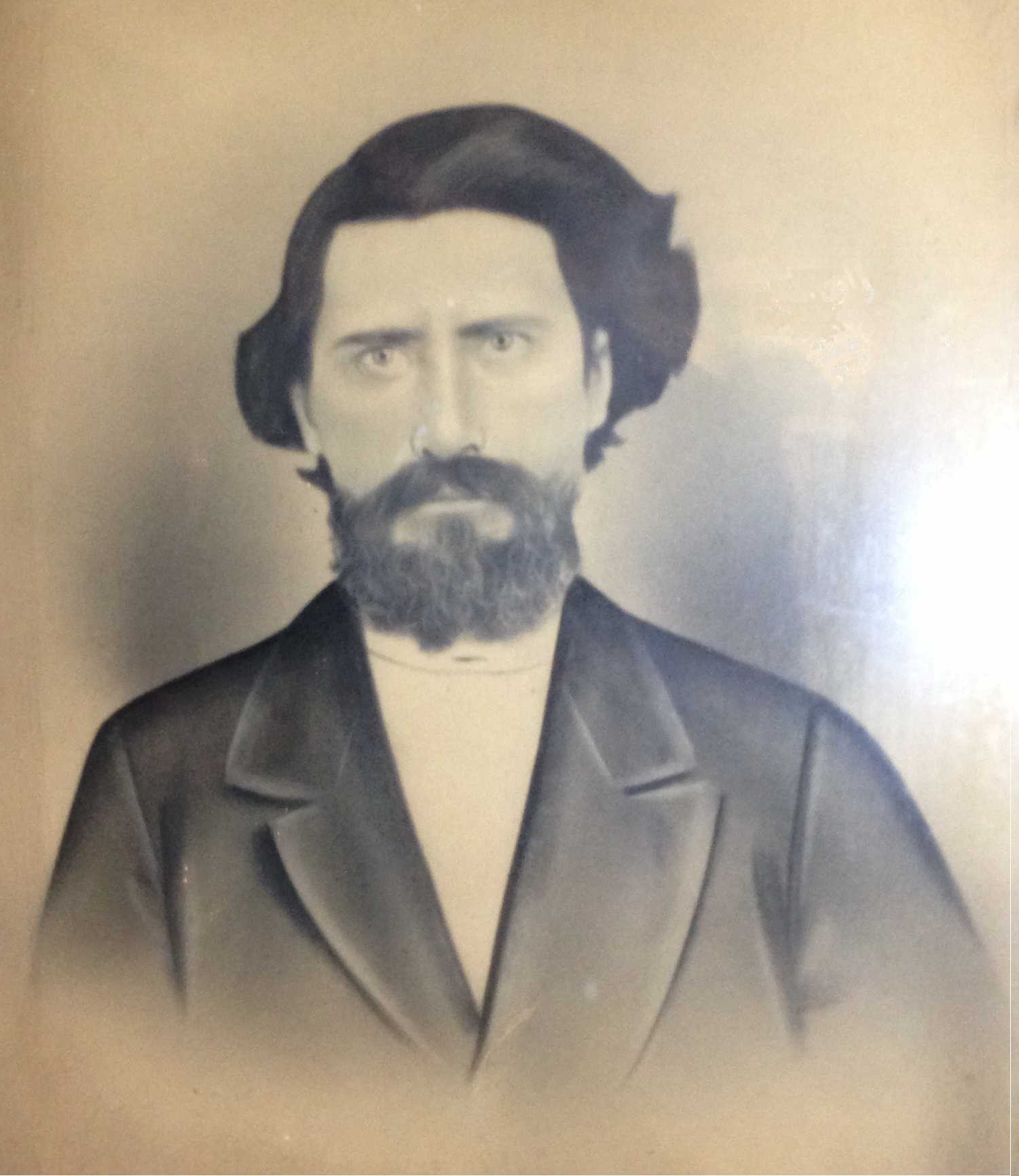How Work Brickle are You?
/A Work Brickle Generation: My Grandfather, Henry Livesay at the center in the late 1940's.
When we think about other people it’s easy to kind of categorize them – this one is brilliant in math, that one can talk a blue streak while another is kind of quiet but always ready to help a neighbor. But have you ever heard tell that they’re “work brickle”?
Now in my on-going education of our mountain vernacular, you know I often ask people if they know this word or that term. I haven’t found anyone off the mountain that is familiar with the term “work brickle”. I was about to decide it was just something my own family made up – then I Googled it!
Imagine my surprise when I found several references to the term – albeit all as Southern Appalachian terminology. The Word Dectective defines it in the opposite of the way we use it – describing what a lazy person isn’t. Another blogger hailing from Louisiana and Texas documented the term as a familiar colloquialism – so it ranges far from the Appalachians. Even the New York Times included the term among a list from Volume V of the Dictionary of American Regional English. And finally, Jamestown, Tennessee author, Carl R. Cooper documented work brickle in his Upper Cumberland “Jargon” (Jimtown Publications, 2013) between wore out and wore to a frazzle.
However, Etymologyonline.com did not include it and that’s my best source for dating terminology so I still don’t know how long it’s been in use.
Lester and Mary Key working in the fields. It's not hard to find examples of work-brickle among this generation.
I began to think about this term when I asked my children to help carry in firewood. I commented that my little boy wasn’t exactly work brickle – and my husband said I just made that word up. Ha! Someone made it up long before me.











